Common Yellow Brittlegill / Summer / Autumn / Edible
Get ready to savor the sunny flavors and culinary joys of the Common Yellow Brittlegill, scientifically known as Russula ochroleuca.
In this blog post, we invite you to embark on a delightful gastronomic adventure, as we unravel the unique qualities and delectable possibilities offered by this edible mushroom.
With its vibrant yellow cap and delicate, brittle flesh, the Common Yellow Brittlegill brings a burst of color and flavor to the world of foraged delicacies.
Join us as we delve into the habitat, identification, and proper harvesting techniques of this delightful fungus, ensuring a safe and enjoyable culinary experience. From savory sautés to mouthwatering mushroom soups, Russula ochroleuca adds a delightful touch to any dish. Let’s celebrate the culinary treasures of the Common Yellow Brittlegill and unlock the full potential of its flavors, as we embrace the joys of exploring nature’s edible gifts.
Scientific Name
Russula ochroleuca
Family
Russuleae
Habitat
This mushroom is found in mixed woodland
Description
The most common Russula in the UK, it has a yellow cap and is an excellent addition to the pot.
Identifying Features for Common Yellow Brittlegill:
Cap:
Yellow, light tan coloured. Starting convex, flattening with a depression in the middle.
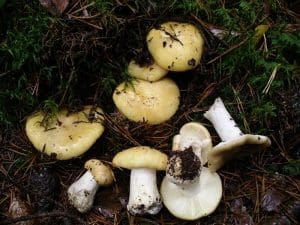
Stem:
White becoming off white/ grey with age. Should snap a bit like chalk.
Gills:
Adnexed gills white/cream coloured, fairly crowded and brittle when handled.
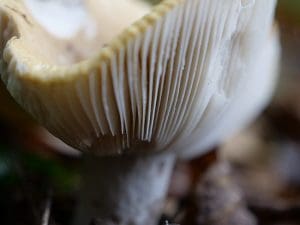
![]()
Smell:
This Fungi smells mushroomy
Spores:
White to cream
Uses
A great addition to mushroom dishes
In food
Great addition to any mushroom dish just make sure that you have had a nibble to ensure you haven’t got the Geranium Scented Brittlegill
Harvesting
Found between August late November
Known hazards
Other Russulas.
Potential lookalikes
Other Russulas. As long as the cap is yellow you are fairly safe with Russulas with one important exception, The Geranium Scented Russula, which is paler yellow, smells of geraniums and is poisonous. As long as you go through the four step Russula test then you should be okay –
-Snap – Does the stem snap like a piece of chalk?
-Flick – Do the gills break when you flick them gently?
-Peel – Does the skin on the cap peel away?
-Taste– this should only be done when you have gone through the other steps and are confident that you have a Russula. If a tiny amount placed on the tongue a chilli like burn or tingle means the mushroom is poisonous but a pleasant mushroomy taste means it is edible.
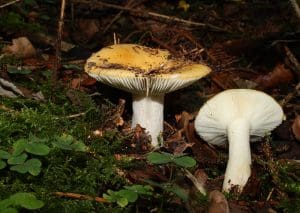



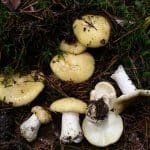
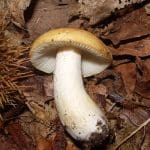
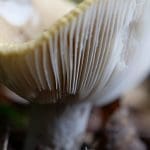
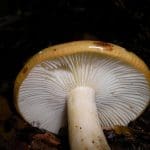
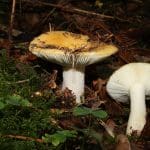



Leave a Reply
You must be logged in to post a comment.